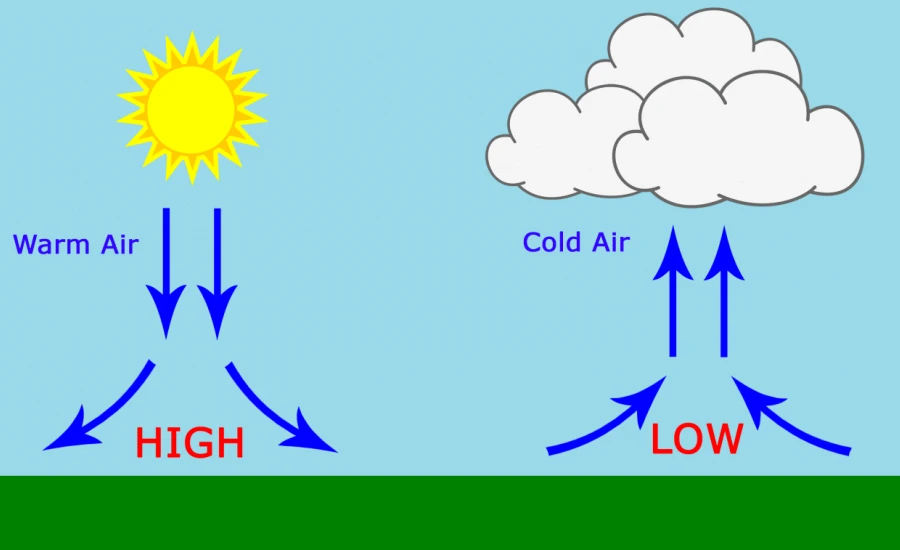
# Ambient Pressure Definition and Its Importance in Various Fields
## What is Ambient Pressure?
Ambient pressure refers to the pressure of the surrounding environment at any given location. It’s the atmospheric pressure exerted by the weight of the air above a particular point on Earth’s surface or in any other environment. At sea level, standard ambient pressure is approximately 101.325 kilopascals (kPa), 1 atmosphere (atm), or 14.696 pounds per square inch (psi).
## Understanding Ambient Pressure Measurements
Ambient pressure can be measured using various instruments:
– Barometers: Measure atmospheric pressure
– Pressure gauges: Measure pressure in contained environments
– Altimeters: Measure pressure changes with altitude
The value of ambient pressure decreases with increasing altitude and increases with depth below sea level or in pressurized environments.
## Importance of Ambient Pressure in Different Fields
### 1. Aviation and Aerospace
In aviation, understanding ambient pressure is crucial for:
– Altitude determination
– Aircraft pressurization systems
– Engine performance calculations
– Spacecraft design for vacuum conditions
### 2. Meteorology and Weather Forecasting
Meteorologists rely on ambient pressure measurements for:
– Weather pattern analysis
– Storm prediction
– Climate modeling
– Air mass movement tracking
### 3. Industrial Applications
Various industries utilize ambient pressure knowledge for:
– HVAC system design
– Chemical processing
– Power plant operations
– Manufacturing processes
### 4. Medical and Physiological Effects
Ambient pressure affects human physiology in:
– Hyperbaric medicine
– Scuba diving safety protocols
– High-altitude medicine
– Aircraft cabin pressurization
### 5. Scientific Research
Researchers study ambient pressure for:
– Material science experiments
– Physics of gases
– Oceanography studies
– Planetary science investigations
## Variations in Ambient Pressure
Ambient pressure isn’t constant and varies due to:
– Altitude changes
– Weather systems
– Temperature fluctuations
– Geographic location
– Enclosed environments (submarines, spacecraft, etc.)
## Measuring and Calculating Ambient Pressure
The basic formula for calculating pressure is:
P = F/A
Where:
P = Pressure
F = Force
A = Area
For atmospheric pressure, this translates to the weight of the air column above a given area. Standard atmospheric pressure at sea level is defined as 1 atm, which equals:
– 101,325 pascals (Pa)
– 101.325 kilopascals (kPa)
– 1.01325 bar
– 760 mmHg (millimeters of mercury)
– 29.92 inHg (inches of mercury)
## Practical Applications of Ambient Pressure Knowledge
Understanding ambient pressure enables:
– Proper equipment calibration
– Safety protocol development
– Environmental monitoring
– Technological innovation
– Scientific advancement
From weather forecasting to space exploration, the concept of ambient pressure plays a fundamental role in numerous aspects of modern science and technology. Its measurement and control continue to be essential in pushing the boundaries of human knowledge and capability.
Keyword: ambient pressure definition